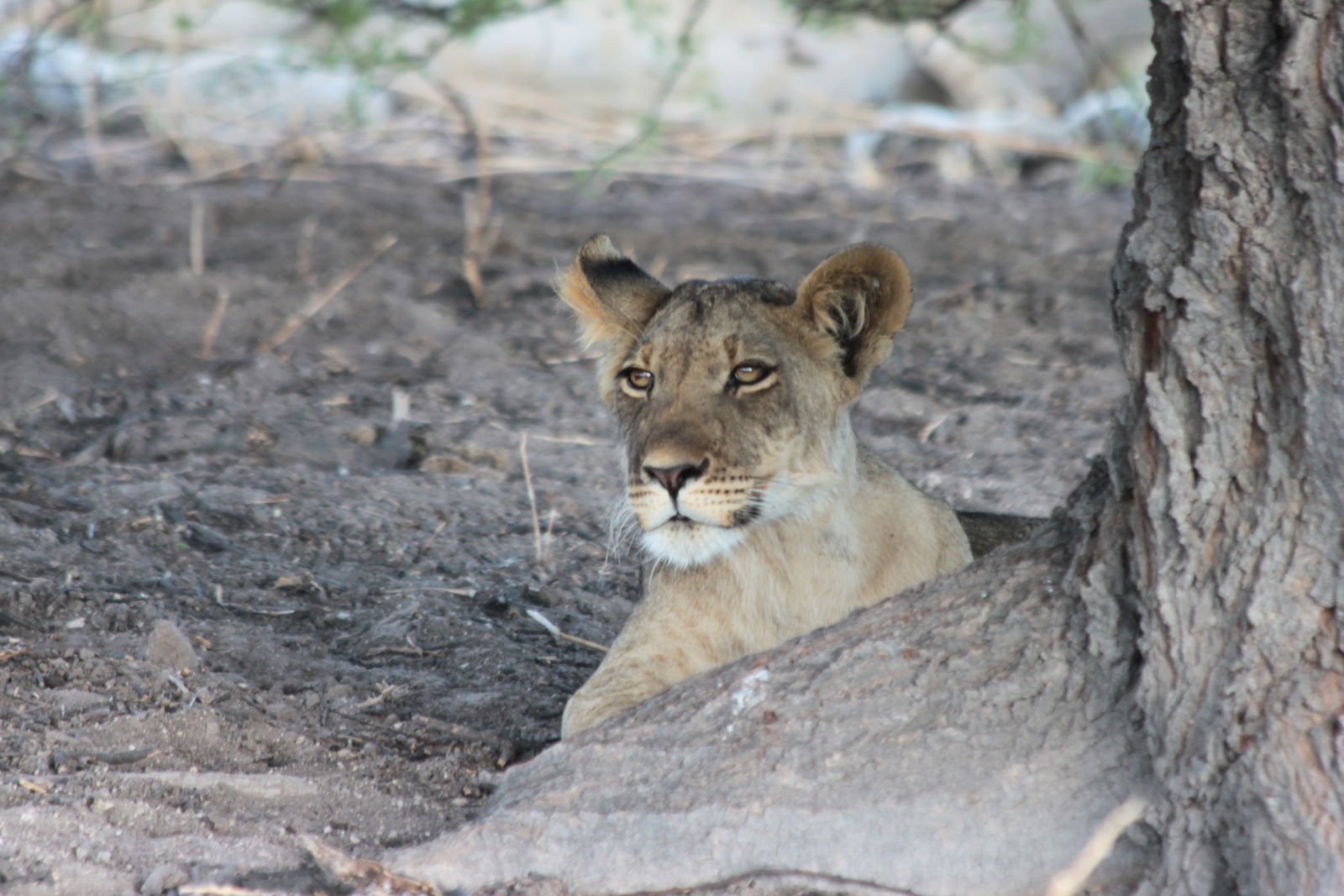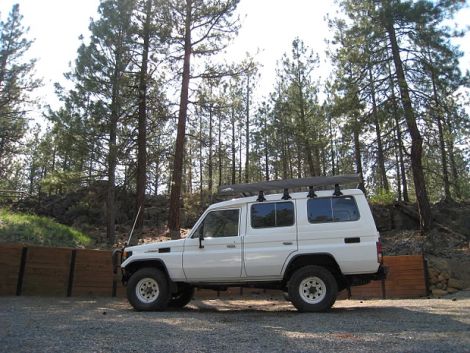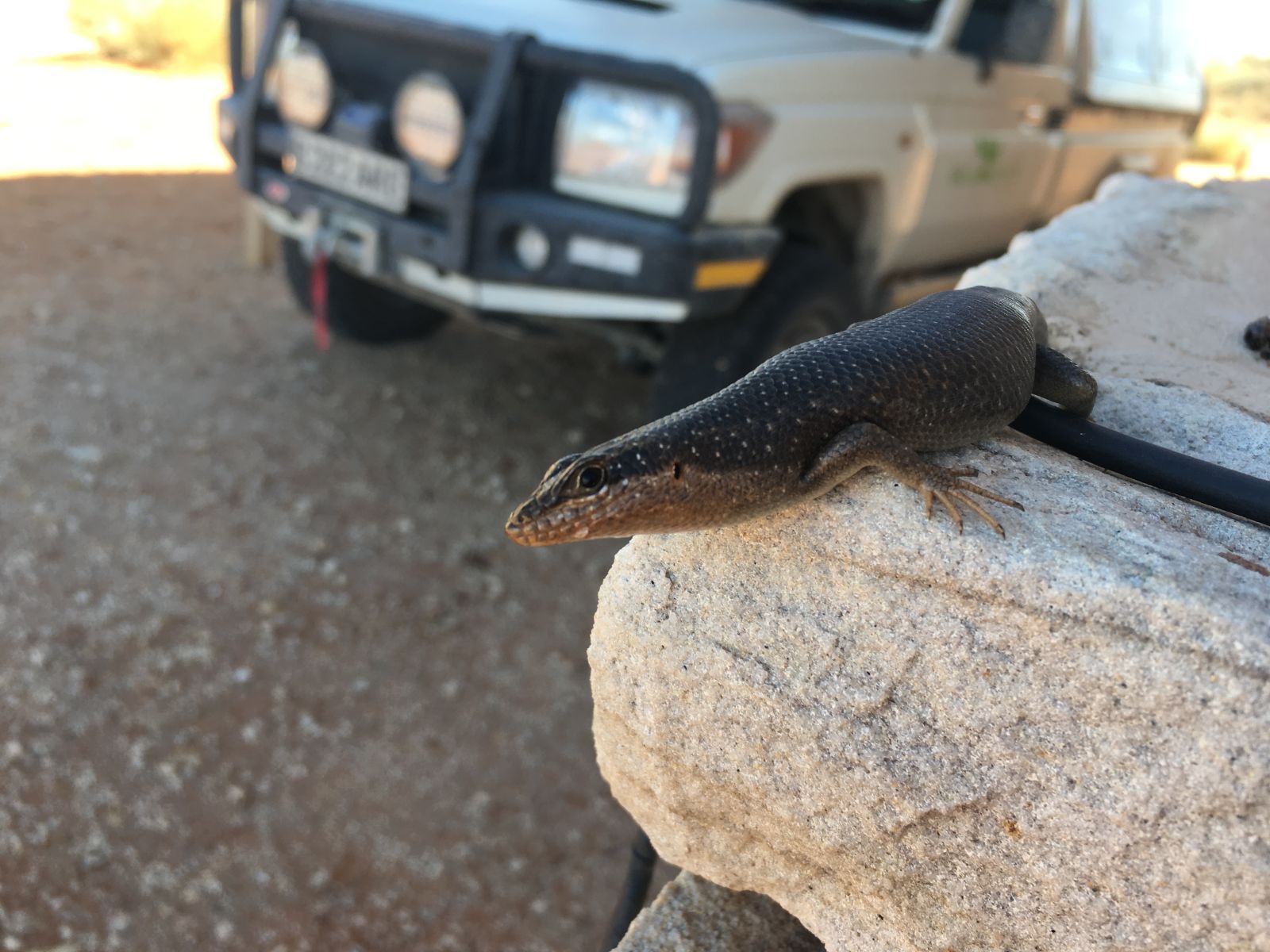
As the old saying goes - never meet your heroes.
But hold that thought for a moment.
(Full Disclosure: I am writing an article on assignment for SA4x4: Overland Adventure magazine about our trip through southern Africa, and the vehicle featured here was provided at no cost by Wild Wheels and Hi-Range Safari City in Gaborone, Botswana.)
Let’s get one thing out of the way up front before we delve into the mysteries, marvels, and madness that make up the 70 Series Land Cruiser.
American 4x4 enthusiasts often complain about the ongoing “softening” of off-road, and previously off-road oriented vehicles for sale in the US.
But let’s be really honest with ourselves. The market for 4x4s in the United States is still awash in highly capable trucks and SUVs – in many shapes, sizes, and price ranges for every taste, both new and used. From the Jeep Wrangler Rubicon, to the Toyota Tacoma, the Nissan Frontier, the Ford Raptor, and even the Lexus GX and Range Rover (for those who can write the big check), there is no shortage of choice for the off-road oriented consumer today.
Many of these vehicles possess a stunning range of technology and rough-terrain capabilities that most of their owners will never begin to challenge. I mean, the most recent iteration of the Tacoma equipped with Crawl Control can literally dig itself out of the sand.
Of course, we all long for what we can’t have. And there is one unicorn among all the 4x4s on the planet that taunts and tempts American off-road enthusiasts like no other: The Toyota Land Cruiser 70 Series. My wife Julie and I were lucky enough to pilot one of these legendary trucks through many remote parts of southern Africa over the last four weeks.
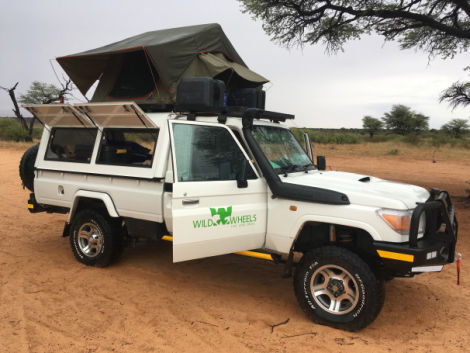
Now, we know that Toyota sells the Land Cruiser model in the US. It has since the 1960s, when the first FJ40 models started trundling along tracks state-side, progressed through FJ55s, FJ60s, 80 and 100 Series models, and today it sells the huge and luxurious (and expensive!) 200 Series Land Cruiser down at your local dealer. But Toyota skipped a generation in the American market.
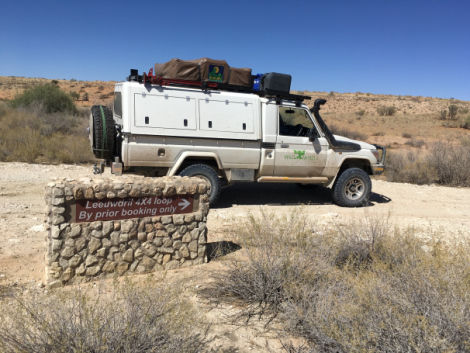
The 70 Series is something of an odd duck, in that it has been in continuous production since 1984, alongside all the other Land Cruiser models that have evolved in size, shape, and standard equipment. Long considered the ne plus ultra of the mark, the 70 Series still boasts the longevity, reliability, and off-road capability that all Land Cruisers possess, but it has retained the bare-bones, no-nonsense character of the earlier models.
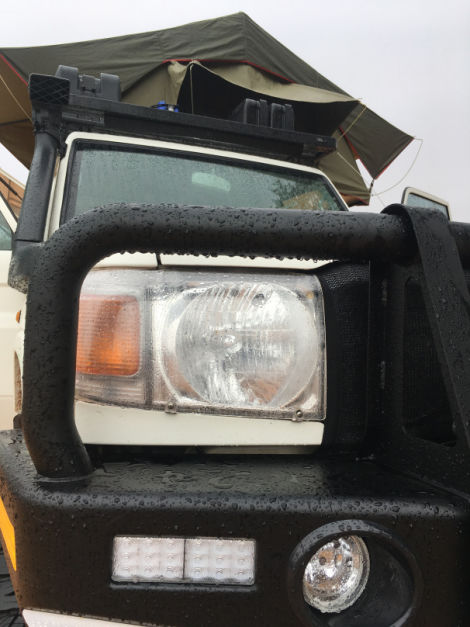
Prized by working people, militaries (both state and non-state) around the globe, and expedition travelers, Toyota designed this particular generation of Land Cruiser specifically to endure in the world’s harshest environments. The legend is that every component of the Land Cruiser is engineered to last 25 years, from the plastic door clips to the piston rings. In fact, the 70 Series Land Cruiser has become something of a niche vehicle, as the trucks are only sold new in countries in Africa, the Middle East, Australia, and New Zealand – places with remote and rugged landscapes where the Land Cruiser thrives.
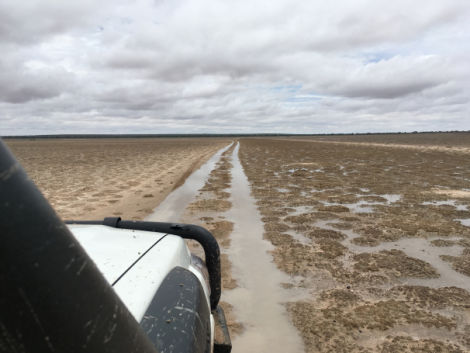
The 70 Series Land Cruiser comes in four flavors: the rare “Troop Carrier” two-door station wagon, the four door station wagon, and short and long-bed pickups - two and four doors available. Our particular truck – generously on loan from Hi-Range Safari City and Wild Wheels in Gaborone, Botswana – was a long-bed pickup, outfitted and modified with a range of high-quality components, expedition equipment, and upgrades.
This truck is a member of the Wild Wheels self-drive safari rental fleet (you can rent this very truck for your own adventure in southern Africa!), and it is a 2009 long-bed pickup, 2-door, Australian-spec vehicle (originally sold in New Zealand).
The details:
- 1VD-FTV turbo diesel, 32-valve V8 engine with Safari Snorkel
- 5-speed manual transmission
- Four-wheel drive with low range, full-floating live axles, manual locking hubs
- Front and rear locking differentials
- BF Goodrich All-Terrain T/A tires
It is built for overland and expedition travel by Hi-Range. I’ll have a lot more to say about the upgrades and expedition equipment later on, but here’s a quick run-down to start:
- Opposite Lock bull bar with integrated fog lamps; Opposite Lock skid plates, and rock-sliders
- VRS winch
- Lightforce LED spot/driving lights
- Intervolt DC-to-DC battery charge management system with two auxiliary batteries and National Luna battery monitor
- Tough Dog suspension lift and upgrade, including shocks and springs
- ONCA rear bumper with dual spare tire carrier and hitch
- RSi Smartcanopy truck-bed cap with LED lighting and integrated table
- Frontrunner two-piece aluminum roof rack and integrated accessory table, roof-mount water storage and fuel cans. Mounts for Hi-Lift jack, axe, shovel, and propane cylinder. Frontrunner truck-bed drawer storage system, with two drawers holding six military-style boxes
- A wide range of cigarette-style and Hella-type charging ports.
- Custom-built 130L (!) auxiliary fuel tank
- Custom-built 50L on-board water system with electric pump
- Custom on-board air compressor
- Two 30L Engel fridge/freezers
- Howling Moon 1.4 soft-side roof top tent
The Land Cruiser also came equipped with a full passel of vehicle recovery and camping equipment – it’s a turn-key expedition vehicle, and a truly comprehensive overland build.
Of all the incredible equipment and modifications this truck had to offer, my favorite feature was definitely the manual transmission. #savethemanuals
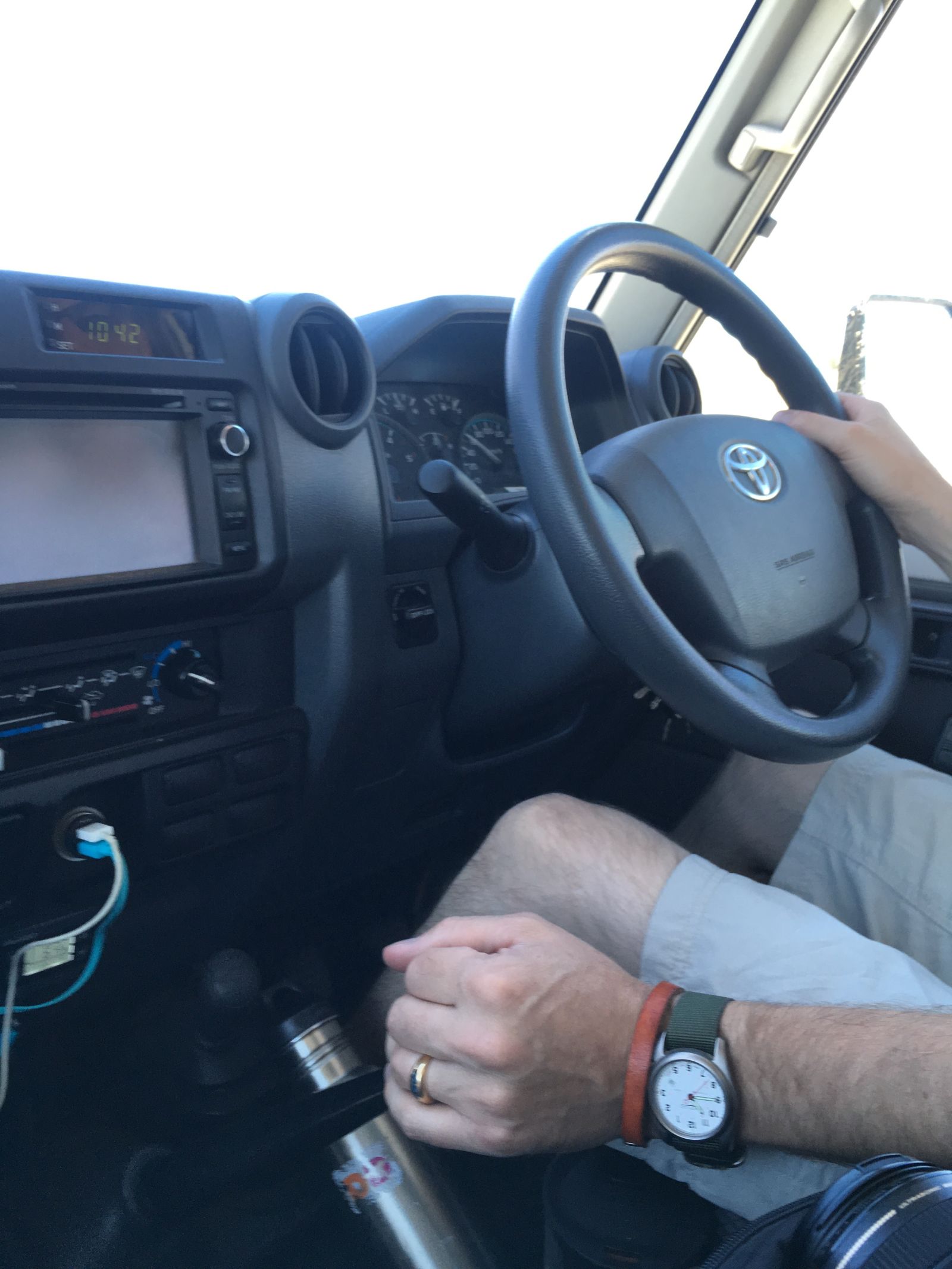
As I mentioned earlier, Americans have developed something of a fetish for these trucks. Now that many of the more desirable iterations of the 70 Series are falling on the happy side of the 25-year Federal import rule, the market has been booming. How about this 1987 Australian 3-door-converted Troopy with over 400,000km on the clock for sale at over $25k?
Folks in southern Africa take these trucks for granted. They are everywhere; they are the F-150 of this continent you might say, and they get used. Not just as fancy overland vehicles, but as real, everyday work trucks. They also hold their value. Of course, much of Americans’ fetishism for the 70 Series is fueled by the Land Cruiser stars of YouTube like Andrew St. Pierre White, Ronny Dahl, and others.
But, now that our over-6000km overland trip through three countries in southern Africa is over, how do I feel about this unicorn?
Like a good blogger, I am going to be as objective and clear-eyed as I can about this truck, even though it spirited us through adventures too numerous and amazing to even explain in mere words (though, I will try sincerely later in future posts).
We will have limited column inches for our magazine article, so my review of the Land Cruiser will be delimited in that format. But y’all will benefit from more words and photos here.
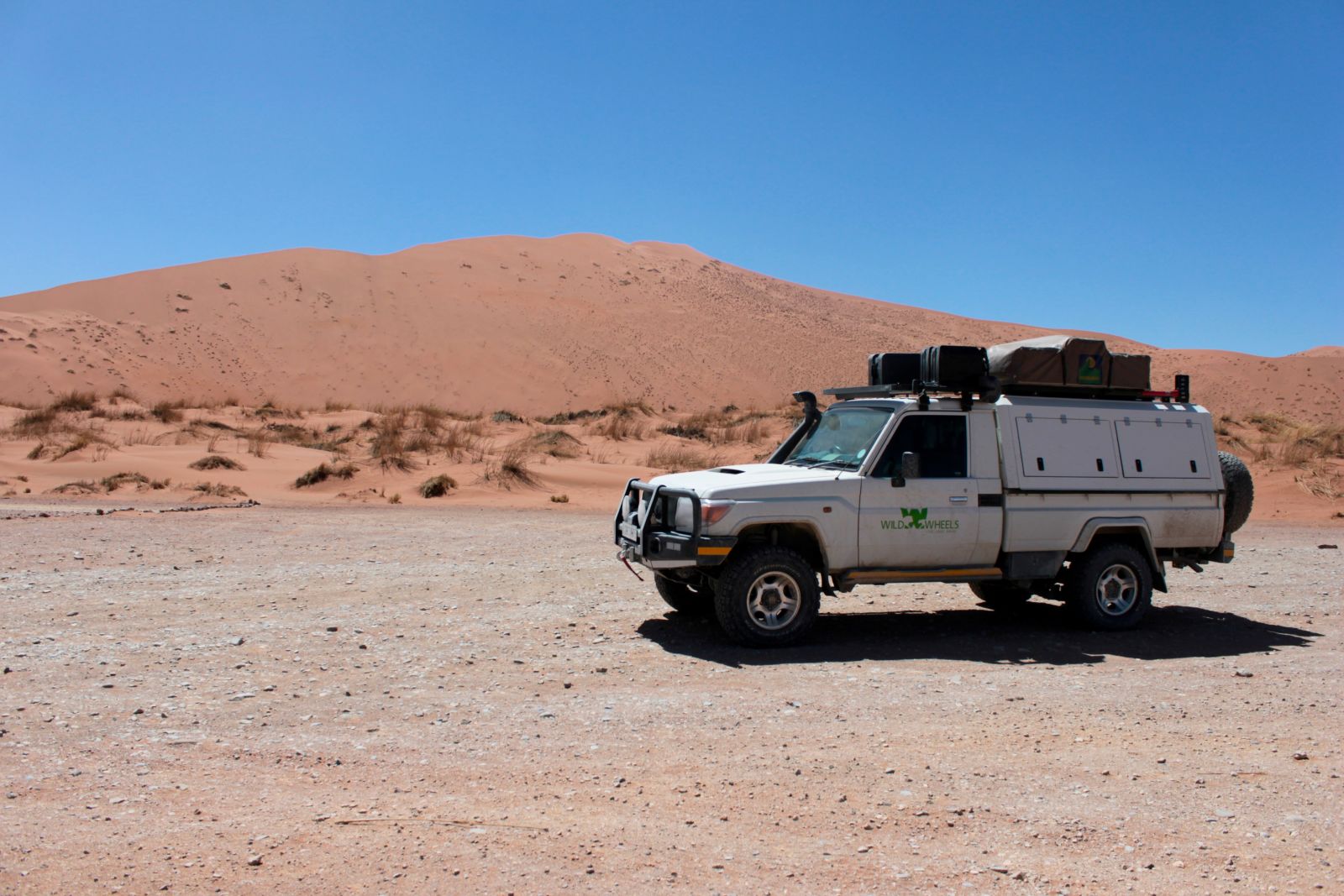
Look - here’s the deal.
This is a pick-up truck. Plain and simple. It rides, sounds, handles, accelerates, and brakes like a pick-up truck. It exudes “pick-upness”. If Plato had lived to see pick-up trucks, this Land Cruiser would be his ideal type. In Aristotelean terms, it has fulfilled its teleological purpose.
Even with that litany of upgrades and accessories listed above, the raw and unbridled spirit of a pick-up truck could never be tamed.
The seats adjusted in two dimensions - fore and aft, and seat-back angle. I never found a truly comfortable position for driving in the month we lived with this Land Cruiser. That’s a lot of time and miles to be uncomfortable behind the wheel. On some longer days I would exit the cab with a paralyzed clutch knee and a frozen accelerator ankle (did I mention there was no cruise control?). I would think long and hard before making a 70 Series a long-term overland platform on this issue alone.
It was loud as hell - not fantastic for creeping up on wildlife. And when you actually did get in close to the animals, the brakes - well, they were there, I guess. But we slid past a lot of stops well after we intended. Weight is the enemy.
At 2195 Kg for the starting curb weight, plus however much the stainless steel canopy, giant bumpers, two spare wheels, hundreds of kilos of fuel, water, roof tent, and other accessories weighed, this Cruiser was a great white whale, and it felt like it on the road. It was obviously no Porsche, and I didn’t expect it to be, but acceleration was slow enough to be dangerous.
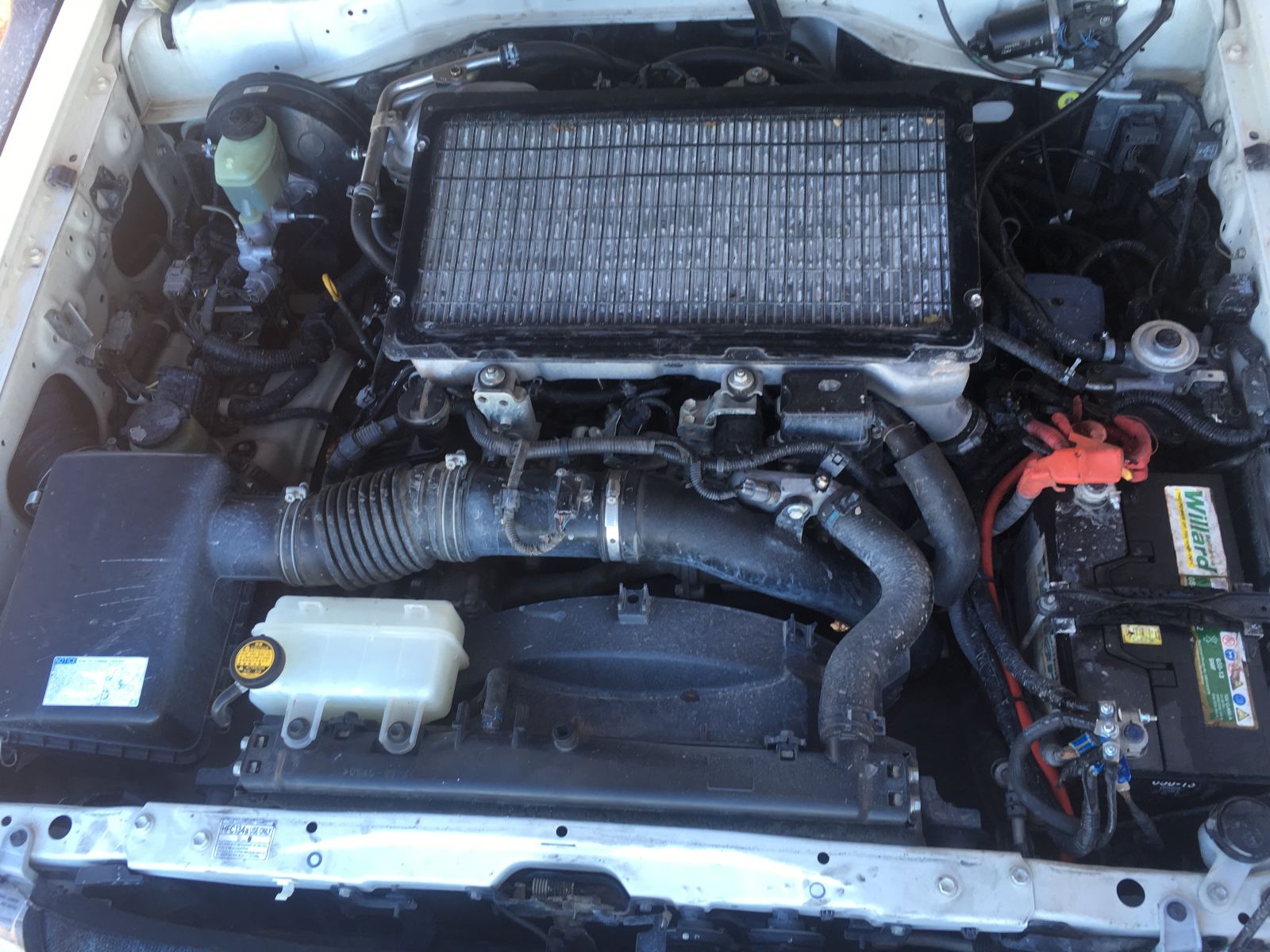
How about that legendary Toyota reliability? One of the bugbears on this trip was a CEL that wouldn’t quit. A mechanic in Ghanzi, Botswana finally traced the problem to a loose fuel rail connection on the left cylinder bank. I thought it was a leaky front differential (it smelled like gear oil, and was dripping from the pumpkin) - but it turned out that the connector was leaking diesel slowly down the engine block onto the axle.
He fixed it temporarily, but on the very last day of our trip we skidded to a stop at a traffic light in Gaborone in a huge cloud of acrid smoke, and I legitimately thought we were catching fire. I even took the steps of grabbing the extinguisher, throwing our passports in a pocket, and telling Julie to prepare to bolt.
Thankfully nothing catastrophic happened, but the Land Cruiser was spewing diesel all over the exhaust manifold from the fuel rail like it had been in a casting call for the Exorcist. After some cool-down time, we made it gingerly the last few kilometers home.
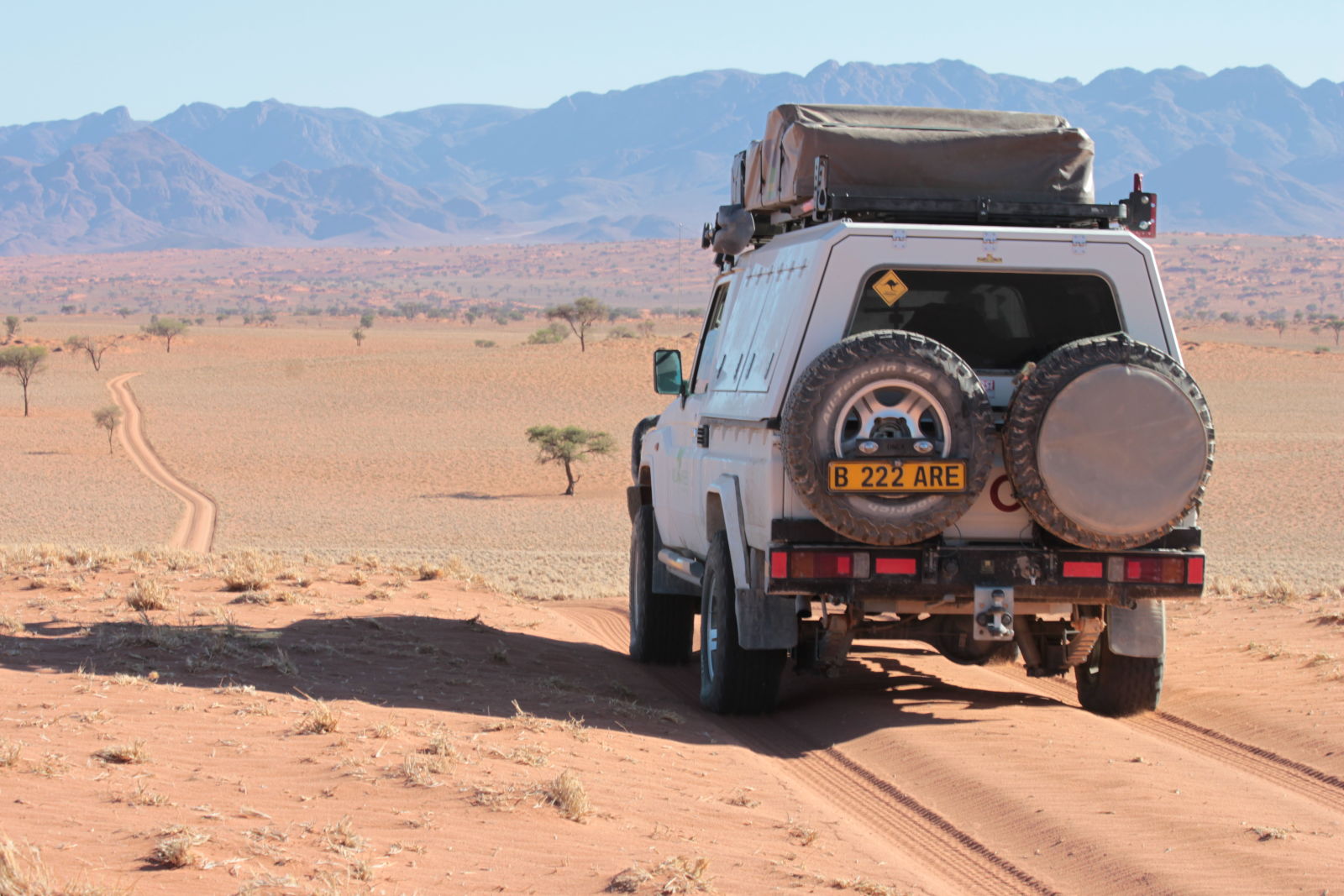
Other miscellany:
- I believe the drain for the air conditioner was clogged, because the condenser would periodically dump ice cold water onto our feet from under the dash. A surprising, if not unwelcome, experience for our flip-flop-clad feet on those hundred degree days.
- It featured wind-it-yourself windows (kinda fun), and lacked an IP light dimmer switch (WHY?!?). The reach to the gear shift lever was pretty long.
- There was one cup holder, but TWO people with drinks. There was a giant trailer hitch attached to the rear bumper that was completely useless, except for reducing breakover angle, and bruising my shins when I was rummaging around in the back of the bed.
- We lost a lug nut somewhere in Namibia, and one of the bolts holding down the battery jumped ship at some point.
When you’re out on adventure, inspect your vehicle regularly, people.
- Fuel consumption? Uh, a lot. 5 L per km, or about 12mpg average over the whole trip. However, given all the deep sand driving, the long periods of time we spent in four wheel drive, and the mystery diesel leak, really, that’s not too shabby, especially given how heavy and barn-like this truck was.
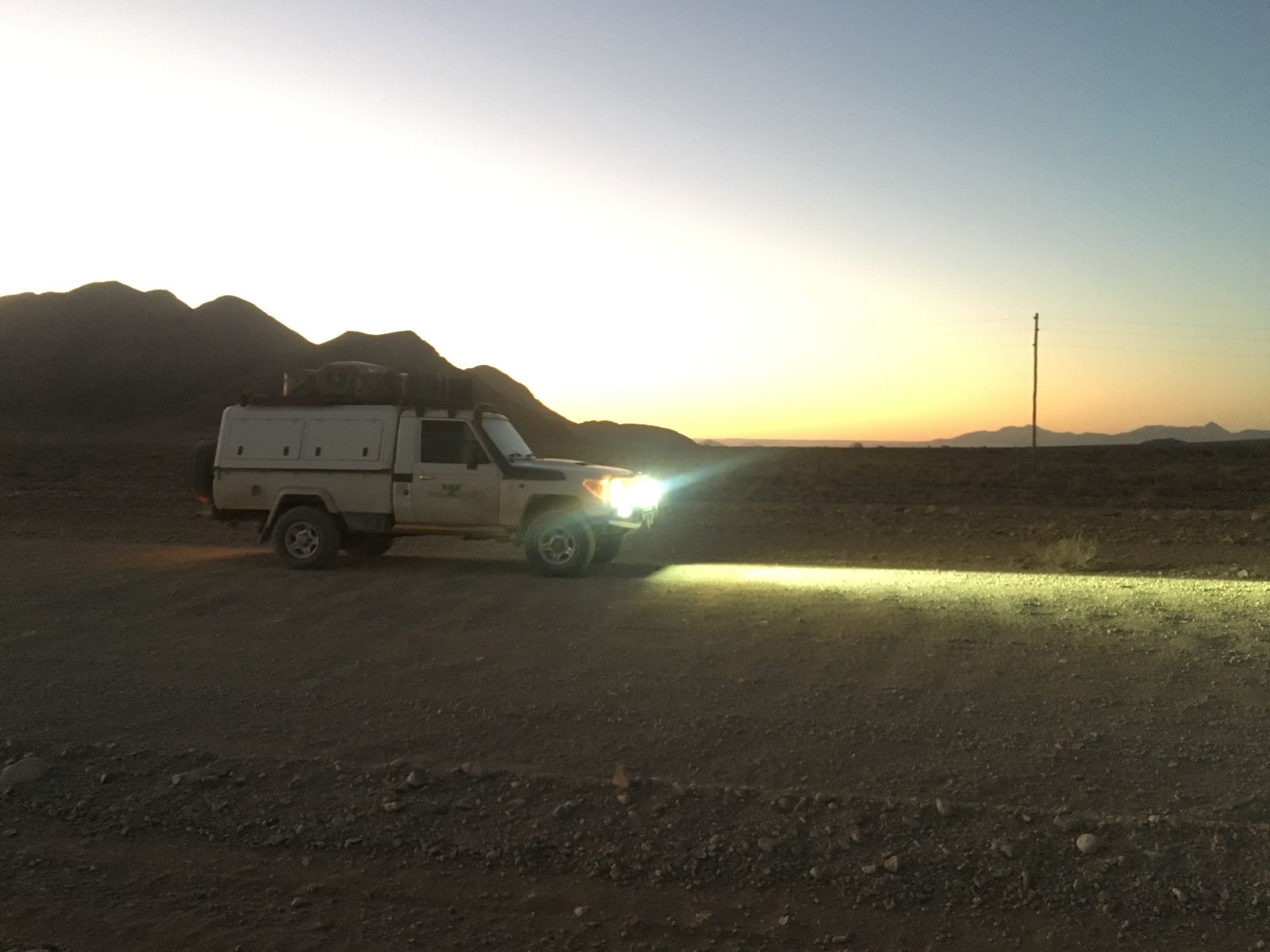
Enough with the complaints.
The Land Cruiser was the perfect companion - it lived up to its reputation, despite the shortcomings described above (some that we caused). And, in the end (excluding the fuel leak) they were all minor issues that faded into the background, or were easily remedied.
We traversed some truly difficult terrain, and spent many hours rolling on perfectly paved highways - the real mix of travel you expect on a long overland trip. The Land Cruiser never complained once, and despite some, let’s say “interesting” situations that we put it in, it laughed off all challenges.
So - should you meet your heroes?
Oh yes.
Never miss the opportunity. More on that in the next post.
